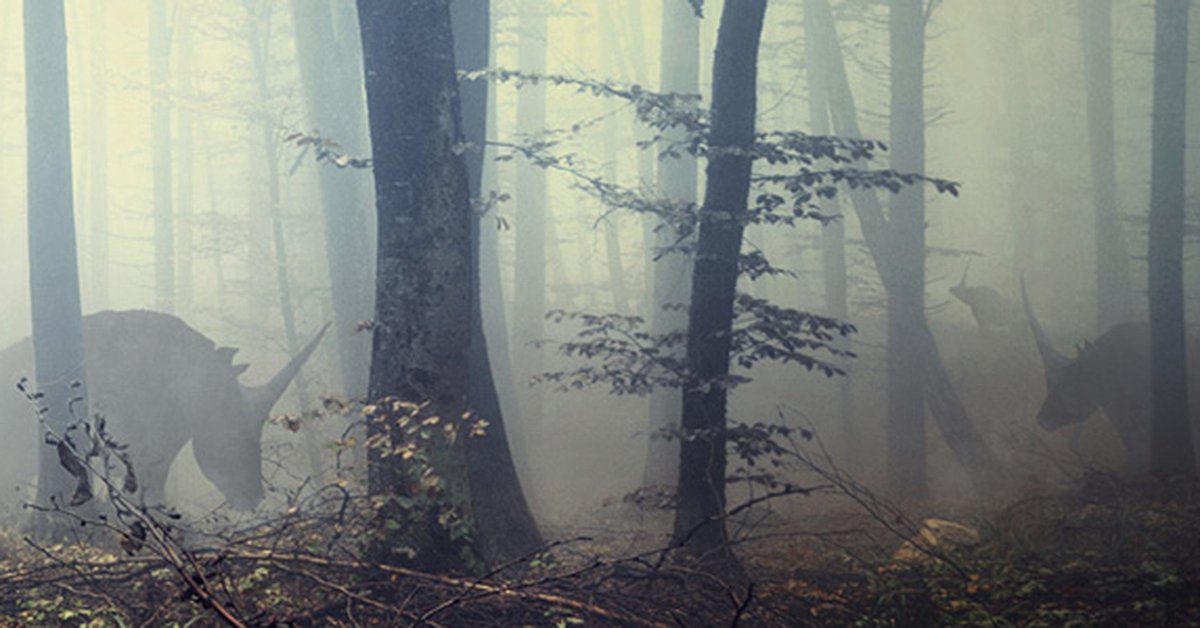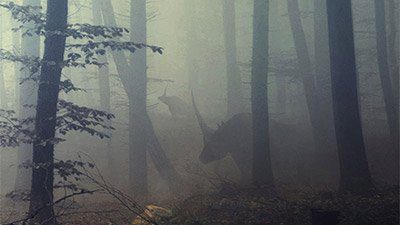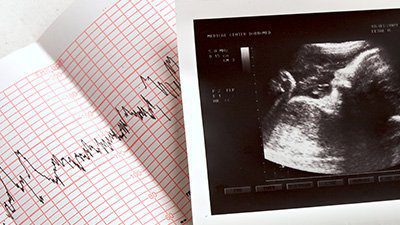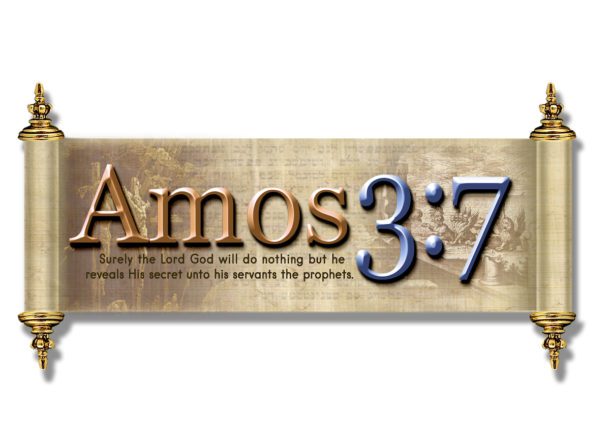
Unicorns—were they real? Most people immediately answer “no,” but not so fast. You see, the Bible mentions unicorns right along with non-mythological creatures, such as peacocks, lambs, lions, bullocks, goats, donkeys, horses, dogs, eagles, and calves (for example, Psalm 29:6). Unicorns are given as an example to Job of a creature of great strength (Job 39:9–12). So what was the biblical unicorn?
Well we don’t know for sure, but there are several possibilities, including one we’ve mentioned before that was recently featured in an article from a secular publication. The article was titled, “Unicorns are More Legit Than You Think,” and the author pointed to Elasmotherium sibiricum (the “Siberian unicorn”) as the possible real creature behind the mythological unicorn.
E. sibiricum likely had one huge horn, and that may have inspired tales of the unicorn. And unicorn makes sense for this creature—one horn!
This now-extinct ice age creature was a member of the rhinoceros kind (descended from the pair aboard Noah’s ark) and was massive, possibly twice the size of a modern rhino (and they’re giants in their own right!). E. sibiricum likely had one huge horn, and that may have inspired tales of the unicorn. And unicorn makes sense for this creature—one horn!
Scientists previously believed the Siberian unicorn went extinct a supposed 350,000 years ago, but a recent study claims they survived until 35,000 years ago. Within the evolutionary worldview, that’s “recent” enough for so-called modern humans and Neanderthals to interact with the creatures. Of course, we reject this timeline because it contradicts the biblical timeline of a few thousand years and is based on carbon dating, which has big problems.
So if the biblical and historical unicorn was a giant rhino, how did it become a magical, single-horned horse that flies on rainbows, as it is known today? Well, over time, stories become exaggerated and subsequent generations pass along the knowledge their ancestors possessed imperfectly. Over time, legends and myths develop from what were once historical realities.
Consider dragons as one example. Around the world, diverse cultures, located thousands of miles from each other, have legends of dragons. These creatures are often the villains in stories or the subjects of artwork. How did peoples all around the world develop legends of the same types of creatures? Well, the descriptions and depictions of dragons often bear resemblance to a known, but now extinct, group of historical creatures—dinosaurs. Over time, as the stories were passed on, the historical reality of dinosaurs became mythologized into what we call dragons today.
Unicorns and dragons may be the stuff of fantasy today, but we would claim both are based on real creatures that God created.
Unicorns and dragons may be the stuff of fantasy today, but we would claim both are based on real creatures that God created.
Get More Answers on Answers News
This item was discussed yesterday on Answers News with cohosts Dr. Georgia Purdom, Bryan Osborne, and Patricia Engler. Answers News is our twice-weekly news program filmed live before a studio audience and broadcast on my Facebook page and the Answers in Genesis Facebook page. We also covered the following topics:
- 99-million-year-old flowers?
- Sex “not rooted in biology”?
- Directional mutations?
- And more!
Watch the entire episode of Answers News for February 9, 2022.
Be sure to join us each Monday and Wednesday at 2 p.m. (ET) on my Facebook page or the Answers in Genesis Facebook page for Answers News. You won’t want to miss this unique news program that gives science and culture news from a distinctly biblical and Christian perspective.
Thanks for stopping by and thanks for praying,
Ken
This item was written with the assistance of AiG’s research team.



















